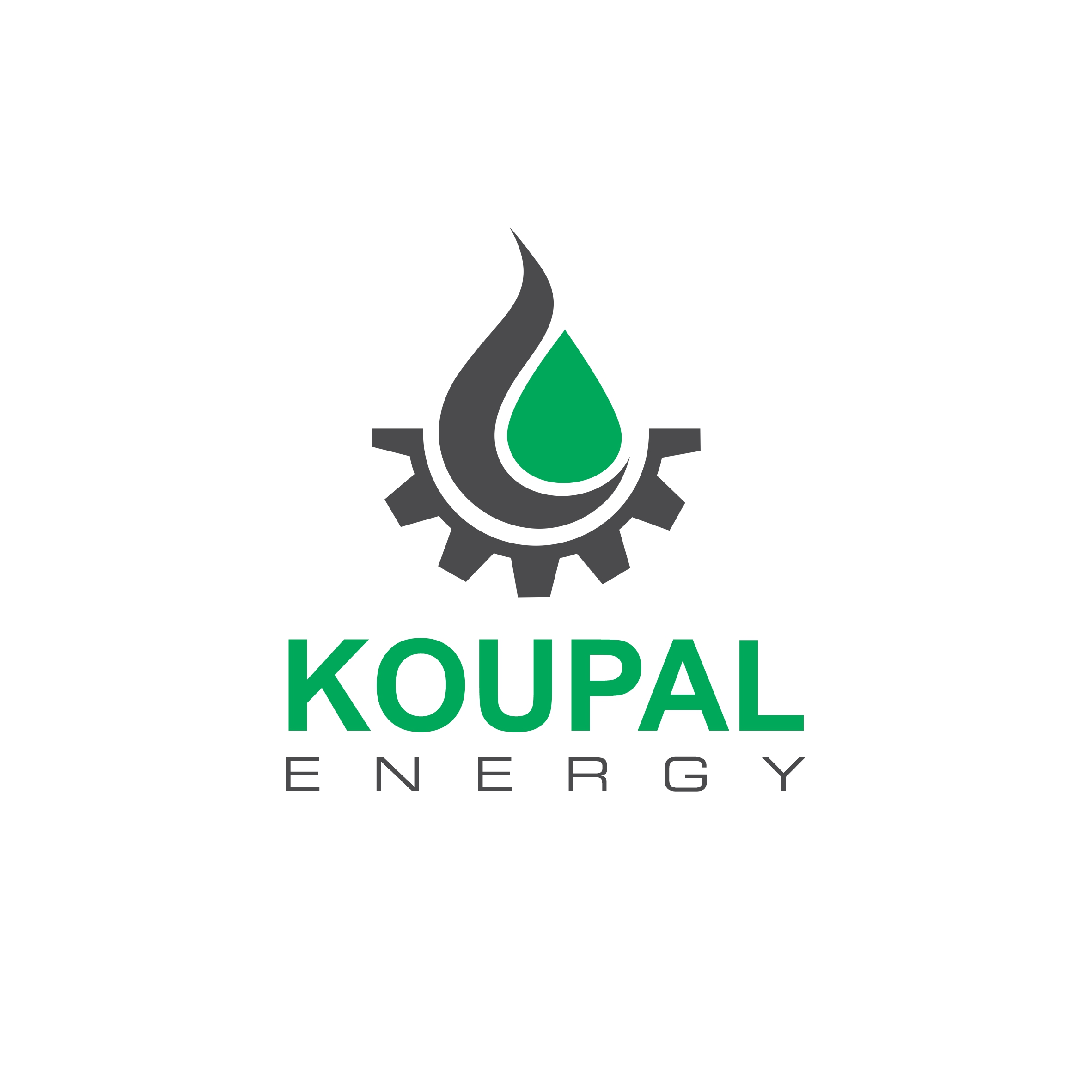Speaker
Description
Understanding mass transport in fractured geological formations is crucial for various applications, including predicting contaminant migration, managing subsurface hydrology, sequestering CO2 to mitigate climate change, and potentially storing hydrogen for clean energy applications. This study presents a computational model using the eXtended Finite Element Method (X-FEM) to tackle the complexities introduced by variable-density flow within fractured porous media.
Density variations in fluids, arising from temperature differences (thermal buoyancy) or changes in solute concentration (e.g., saltwater intrusion or CO2), are the primary driving forces for these phenomena. The model incorporates an advection-diffusion equation to capture various transport regimes (diffusion, dispersion, and advection) while considering these density-driven flow processes. Additionally, the X-FEM effectively handles the discontinuity of material properties across fractures, which can significantly impact flow behavior.
The model's performance is validated by solving benchmark problems (Schincariol and Elder) and a modified Elder problem incorporating fractures. The influence of fracture patterns (horizontal and vertical) and fracture density variations are explored on transport behavior.
This research offers a powerful tool for simulating solute transport in fractured media, considering coupled processes that can further influence flow dynamics. This improved understanding will pave the way for more accurate predictions in environmental and geological applications, such as optimizing geothermal energy extraction and designing safe geological carbon sequestration projects.
| Student presentation contest | Opt in |
|---|---|
| Student Poster Contest | Not Interested |
| Journal Submission | Consider for Journal Submission |




